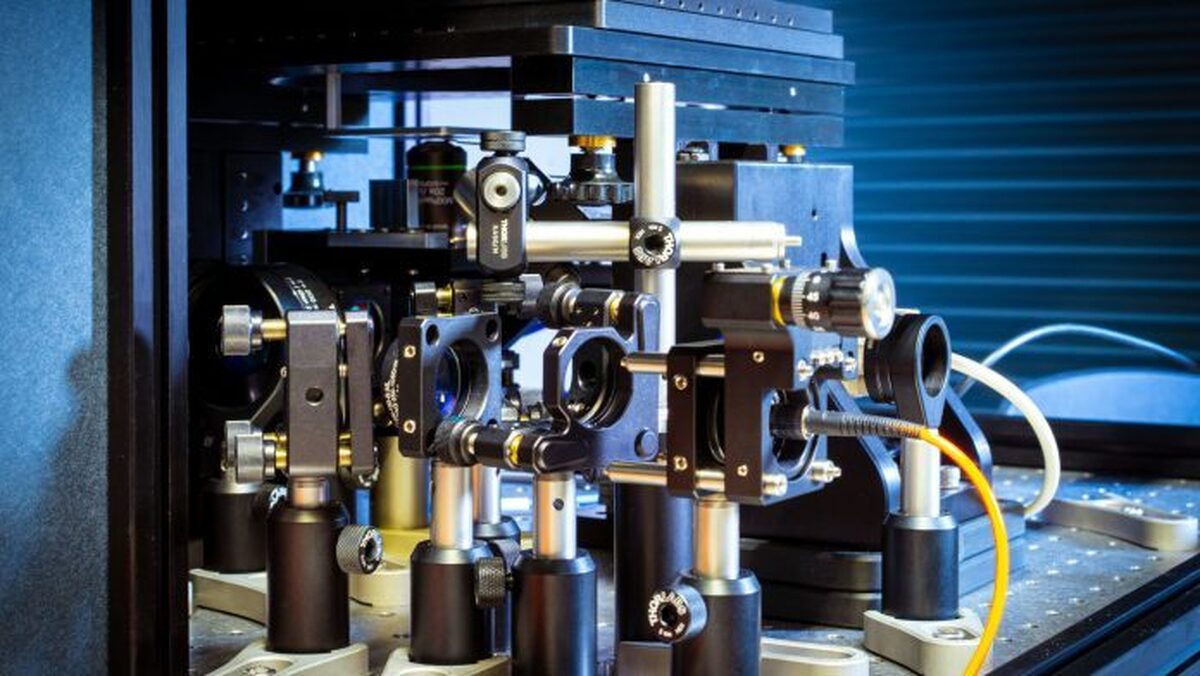Innovative Diamond-Based Quantum Sensor Technology Allows for Fast Magnetic Imaging

Diamond-based quantum sensor technology allows a unique sensitivity, resolution and speed compromise. Moreover, it opens the door for fundamentally new applications in various fields, such as materials testing or biomedicine, the Innovation News Network reported.
The use of a wide-field magnetometer enables the magnetic stray field of a sample to be measured rapidly over a large range.
This measurement method opens up new avenues in metrology. It is suitable for various industries, such as (nano-)electronics, material sciences or biomedicine, due to its wide range of applications from inorganic to organic samples.
The concept will be presented at LASER World of QUANTUM 2023 as part of the Quantum Sensing Hub Freiburg, in which several institutes showcase their expertise in the field of quantum magnetometry.
Diamond-based quantum sensor technology is based on nitrogen-vacancy (NV) centres in thin film diamonds – a recent concept in the field of quantum sensing.
The new setup uses an arbitrary waveform generator (AWG), which generates microwave radiation and triggers a laser and the recording time window of a camera with nanosecond precision.
Using different measurement protocols allows for high flexibility and precision of measurements.
“The wide-field magnetometer benefits not only from our improved setup but also from the growth process developed at Fraunhofer IAF for diamond plates, which we use as sensors,” explained Dr Jan Jeske, deputy business unit manager of quantum devices at Fraunhofer IAF.
In materials science, experimental methods are used to characterise polycrystalline materials in order to obtain a microscopic understanding of the macroscopic material’s behaviour.
Therefore, diamond-based quantum sensor technology makes it possible to better understand materials and how to optimise their properties.
However, current methods usually rely on long measurement times and large experimental facilities. It’s often the case that vacuum conditions or high-energy particles are also necessary, which can have a detrimental effect on the sample material.
Applying the technology to wide-field magnetometry based on NV centres is an alternative, non-invasive method that operates at room temperature. This opens up new possibilities for insights into the microscopic magnetic field distribution, which has great potential for material analyses.
Diamond-based quantum sensor technology is not limited to inorganic material samples, but can also be applied to organic samples due to its comparatively low demands on the measurement environment.
These measurement properties, coupled with the high measurement speed of the method developed at Fraunhofer IAF, allow even complex measurements such as fluctuations, alternating fields, and alternating current (AC) measurements.
This innovative technology will pave the way for new material analysis methods.
4155/v





















